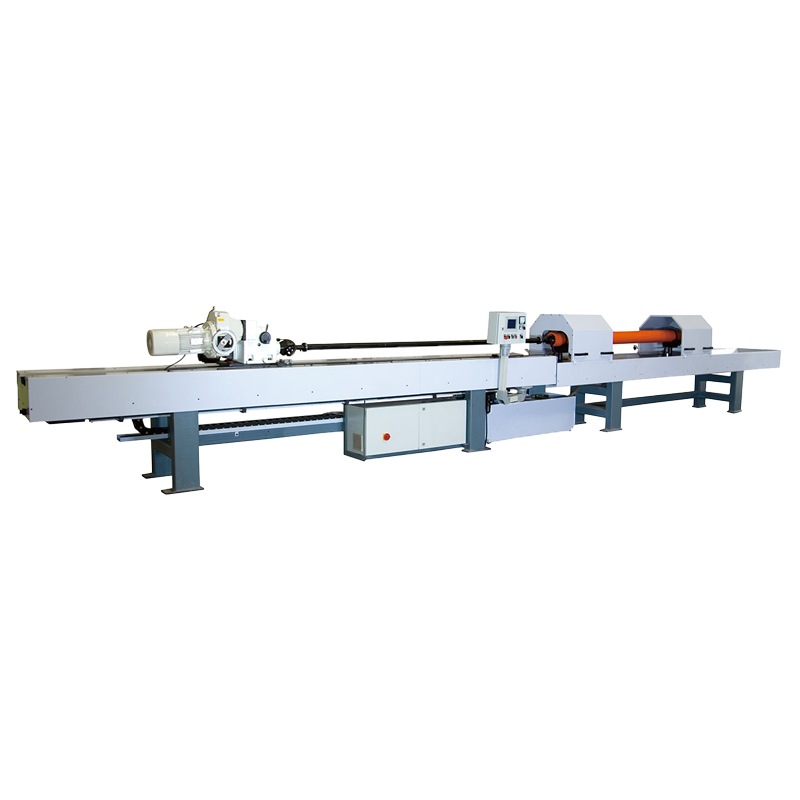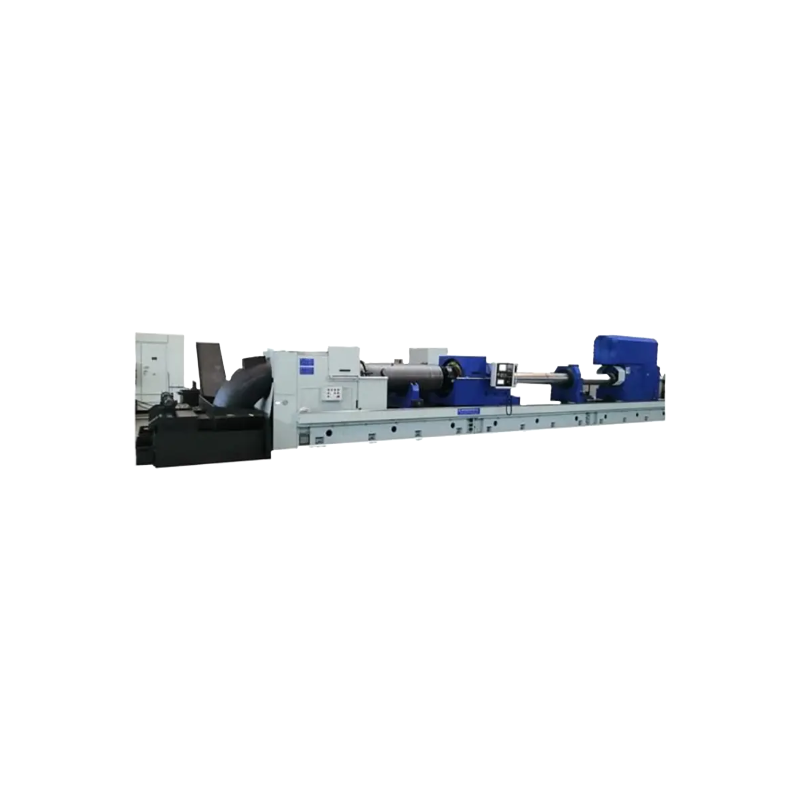First, the operating points of the horizontal grinder
1. Reasonable selection of cutting tools: According to different materials and processing requirements, choosing the right cutting tools is an important factor in ensuring the processing effect. High-speed cutting steel knives are suitable for processing hard materials, while carbide knives are suitable for processing thin walls and deep holes.
2. Precise positioning of the workpiece: When the workpiece is clamped in the horizontal machining center, a fixture is required to ensure the precise positioning of the workpiece. In order to improve machining accuracy and efficiency, the vibration and deformation of the workpiece should be minimized.
3. Select appropriate cutting parameters: The selection of cutting parameters directly affects processing efficiency and workpiece quality. To ensure the stability and efficiency of the processing process, reasonably adjust the cutting speed, feed rate and cutting depth.
4. Check the coolant in time : The horizontal machining center will generate a lot of heat during the machining process. Check and maintain the coolant circulation and temperature in time to ensure that the cutting fluid can effectively reduce the temperature, protect the tool and workpiece, and improve the machining quality.
5. Reasonable selection of process route: According to the shape of the workpiece and processing requirements, select the appropriate process route to avoid unnecessary cutting and processing technology, and improve processing efficiency and quality.
Second , the working principle of the horizontal machining center
The horizontal machining center uses the relative motion of the spindle and the worktable to cut the workpiece. Its working principle mainly includes the following aspects:
1. Spindle rotation : The spindle of a horizontal machining center rotates at high speed, driving the tool through the spindle to perform cutting. The effect of the cutting process and the processing quality are determined by the speed and direction of the spindle rotation.
2. Worktable movement: The worktable moves horizontally to control the relative position of the workpiece and the tool, as well as the cutting path. The speed and accuracy of the worktable movement directly affect the processing effect.
3. Tool selection and cutting process: Select the appropriate tool based on the workpiece material and processing requirements, and use the tool to cut the workpiece to achieve the processing goal. The cutting force and cutting depth determine the stability and efficiency of the cutting process.
4. Application of coolant: Horizontal machining centers will generate a lot of heat and chips during the machining process. The application of coolant can effectively reduce the temperature, extend the service life of the tool, clean the cutting area, and ensure the machining quality.
Horizontal machining centers are essential equipment in modern manufacturing. Understanding their key operating points and working principles is crucial for improving machining efficiency and workpiece quality. Efficient and accurate machining can be achieved through key operational principles such as proper tool selection, accurate workpiece positioning, appropriate cutting parameters and process paths, and the application of coolant. Horizontal machining centers utilize the movement of the spindle and worktable to cut workpieces. Combined with tool selection and the cutting process, as well as the application of coolant, they play a vital role in the automotive, aerospace, and mold manufacturing industries.


 English
English Español
Español Pусский
Pусский
 Lily
Lily